Is PPF Worth the Investment Compared to Other Protection Methods?
The answer depends on your priorities: Paint Protection Film (PPF) offers superior physical protection but requires a higher initial investment, while ceramic coatings and waxes provide chemical protection at lower costs.
Understanding the Protection Spectrum
Contrary to popular belief, vehicle protection isn't a one-size-fits-all solution. Each method serves distinct purposes, and what exactly constitutes the "best" option varies significantly based on your vehicle usage patterns and protection priorities.
PPF provides unmatched physical defense against road debris, stone chips, and scratches. Research indicates that vehicles protected with PPF experience up to 90% less paint damage compared to unprotected vehicles. The thermoplastic urethane film creates a sacrificial barrier that absorbs impacts while featuring self-healing properties that eliminate minor scratches through heat activation.
However, ceramic coatings excel in chemical protection, blocking up to 99% of harmful UV rays compared to traditional wax's 50-70% protection. This results in superior protection against paint fading, oxidation, and chemical staining from environmental contaminants.

Cost Analysis and Long-Term Value
Initial Investment Comparison:
-
Traditional wax: $20-$100 (lasting 3-6 months)
-
Ceramic coating: $500-$2,000 (lasting 2-5 years)
-
Partial PPF: $1,100-$2,000 (lasting 5-10 years)
-
Full PPF: $5,000-$8,000++ (lasting 5-10 years)
This cost differential creates a compelling case for PPF's long-term value. Although the upfront investment is substantial, the $2,500 typical PPF installation cost represents a one-time expense that pays dividends through damage prevention. Paint repairs without protection can cost hundreds to thousands of dollars, making PPF economically advantageous for vehicles prone to road debris exposure.
Resale Value Protection becomes particularly significant, as PPF-protected vehicles maintain up to 15% higher resale value after three years compared to unprotected vehicles. This preservation effect compounds over time, often offsetting the initial investment cost.

Strategic Application Recommendations
PPF proves most worthwhile for:
-
High-end vehicles where paint damage significantly impacts value
-
Highway drivers frequently exposed to road debris
-
Long-term vehicle owners planning to keep cars 5+ years
-
Vehicles used in harsh environments (construction zones, gravel roads)
Ceramic coatings offer better value for:
-
Urban drivers prioritizing aesthetic enhancement
-
Vehicles primarily facing chemical/environmental threats
-
Owners seeking easier maintenance with hydrophobic properties
-
Budget-conscious consumers wanting multi-year protection
The hybrid approach of combining PPF on high-impact areas (hood, bumper, fenders) with ceramic coating on remaining surfaces maximizes both physical and chemical protection. This strategy costs approximately $2,500-$4,000 but provides comprehensive coverage lasting 5-10 years.
Implementation advice: Evaluate your specific driving conditions, vehicle value, and ownership timeline. For most drivers, partial PPF coverage on vulnerable areas combined with ceramic coating elsewhere offers the optimal balance of protection and cost-effectiveness, ensuring your investment pays for itself through reduced maintenance costs and preserved resale value.


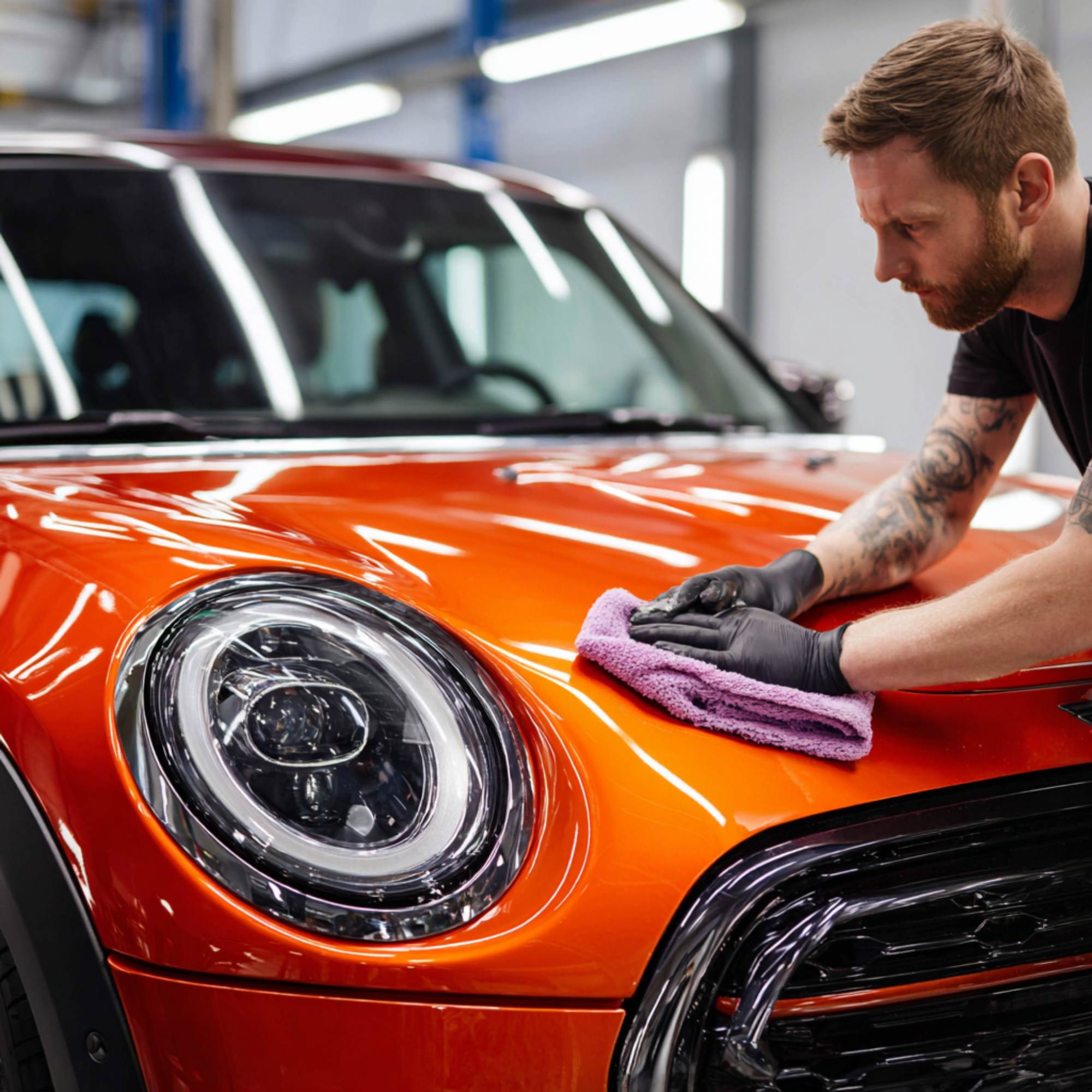
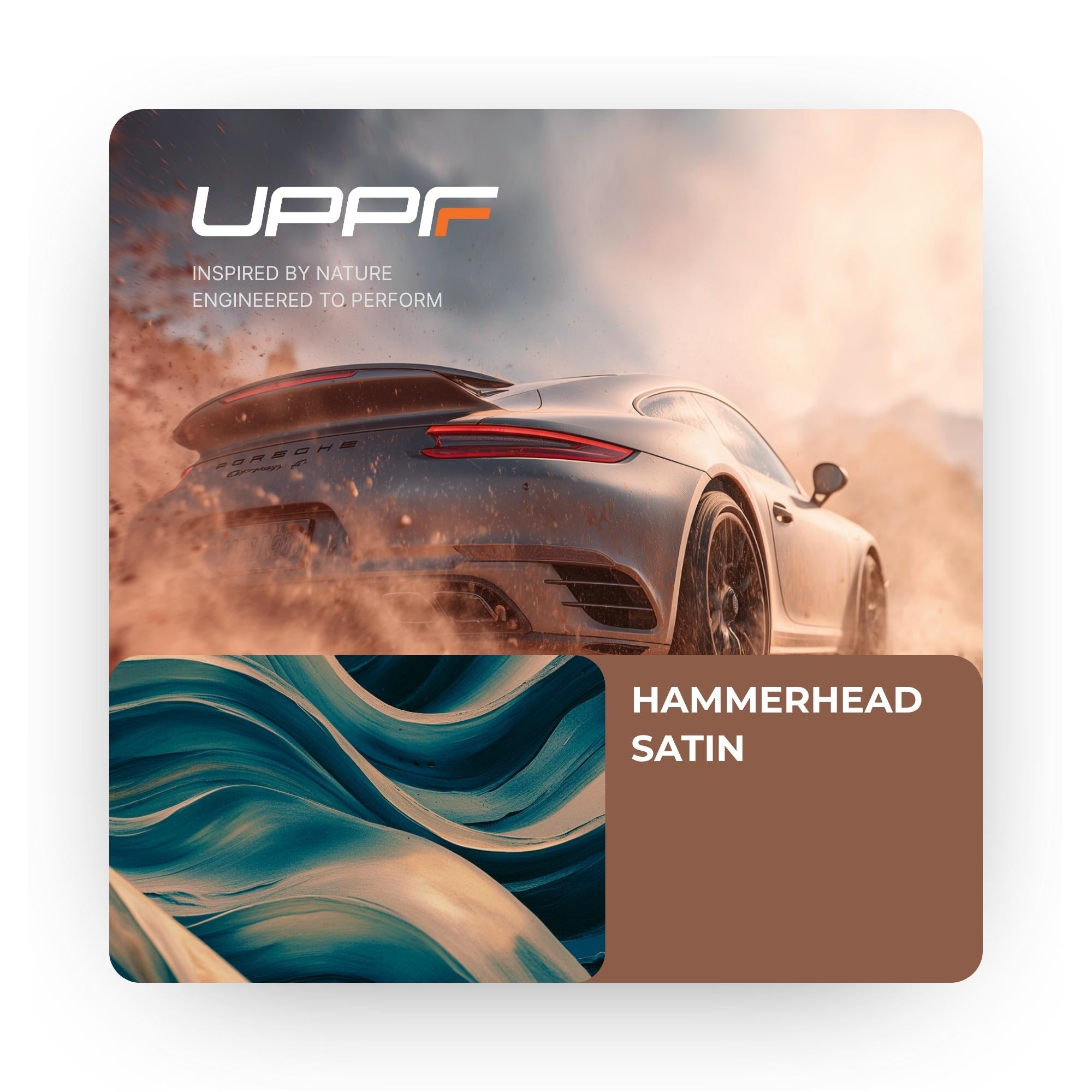
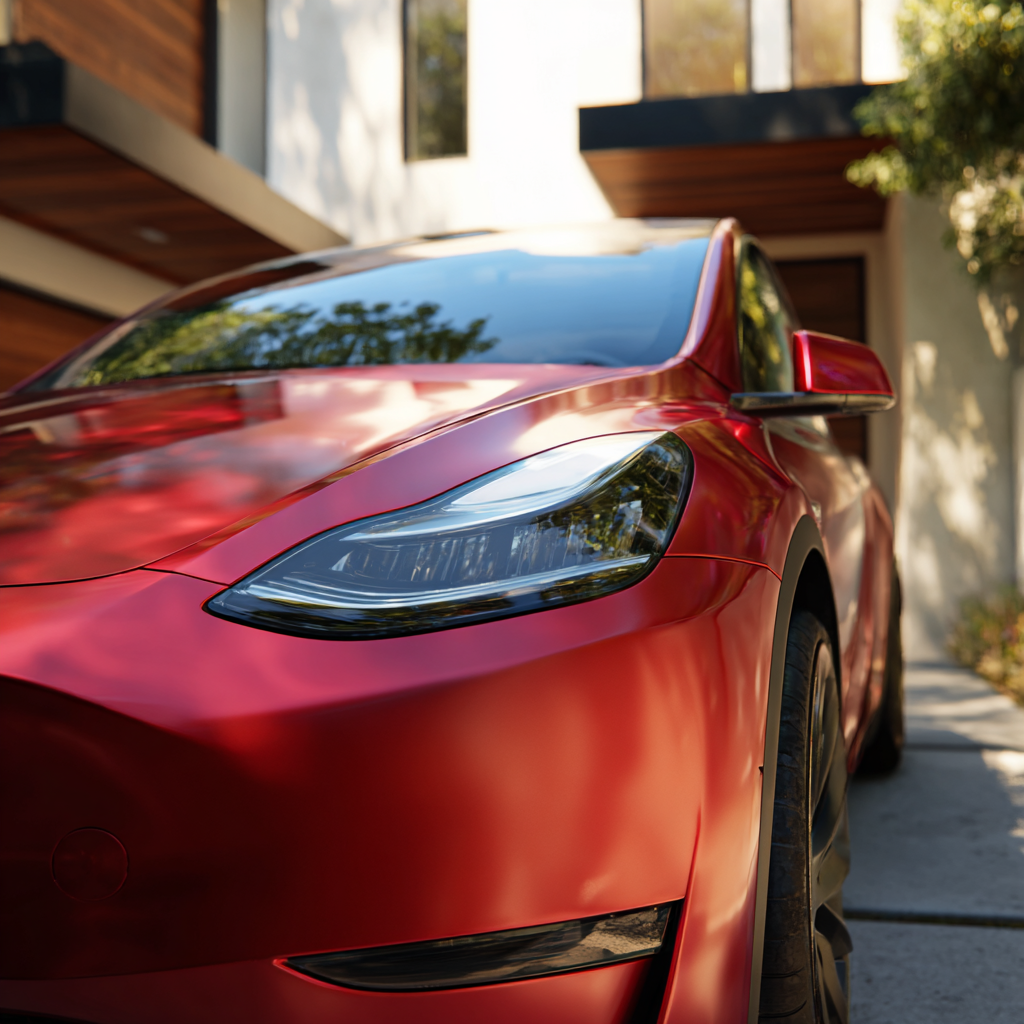

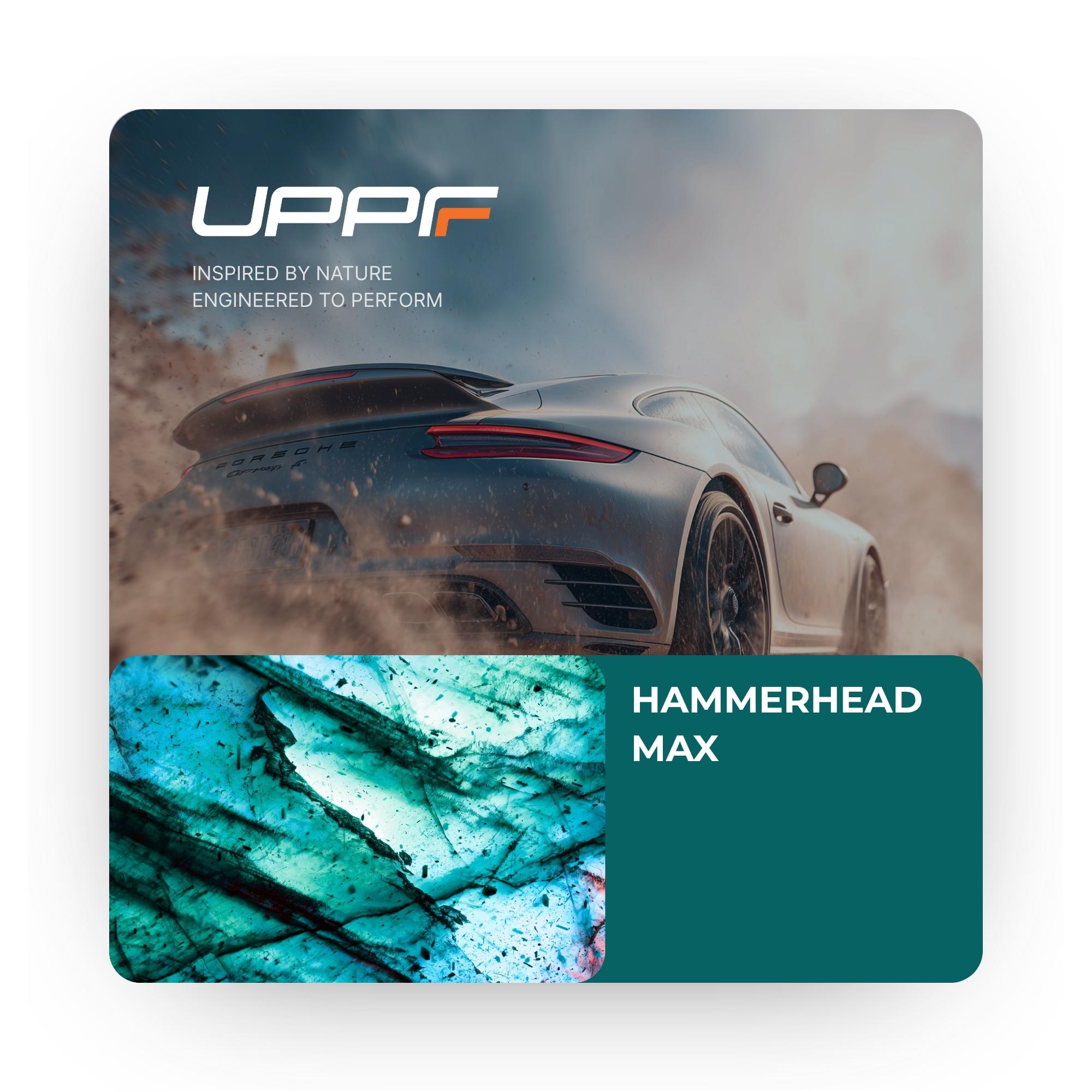
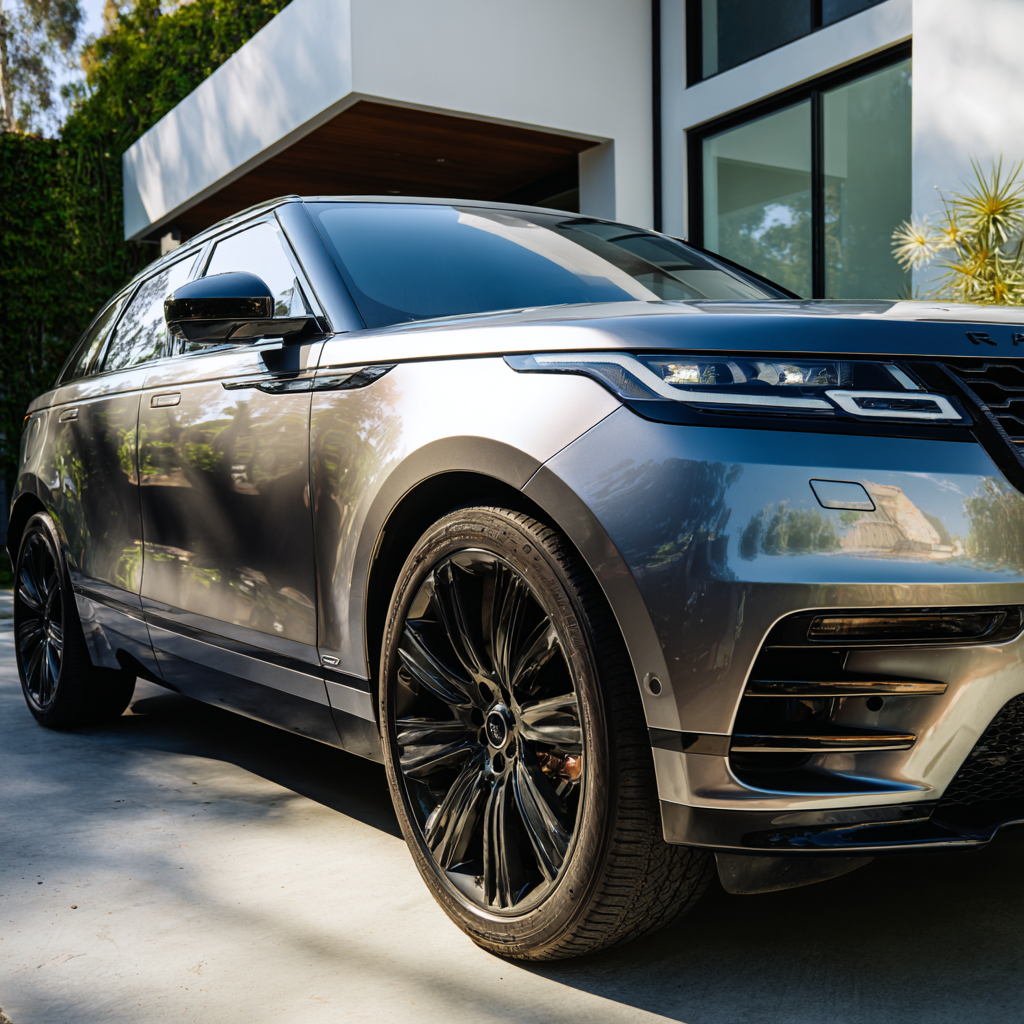

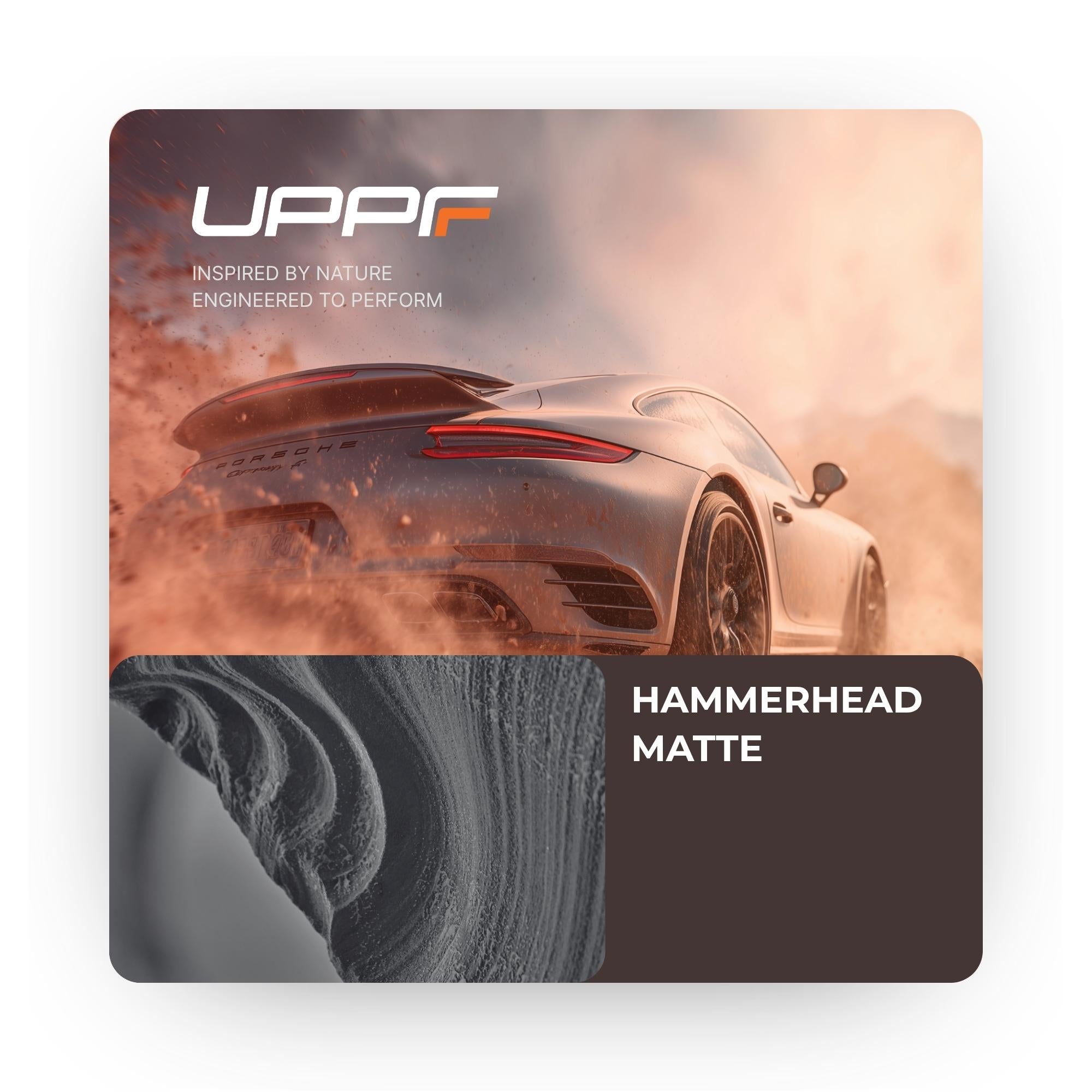

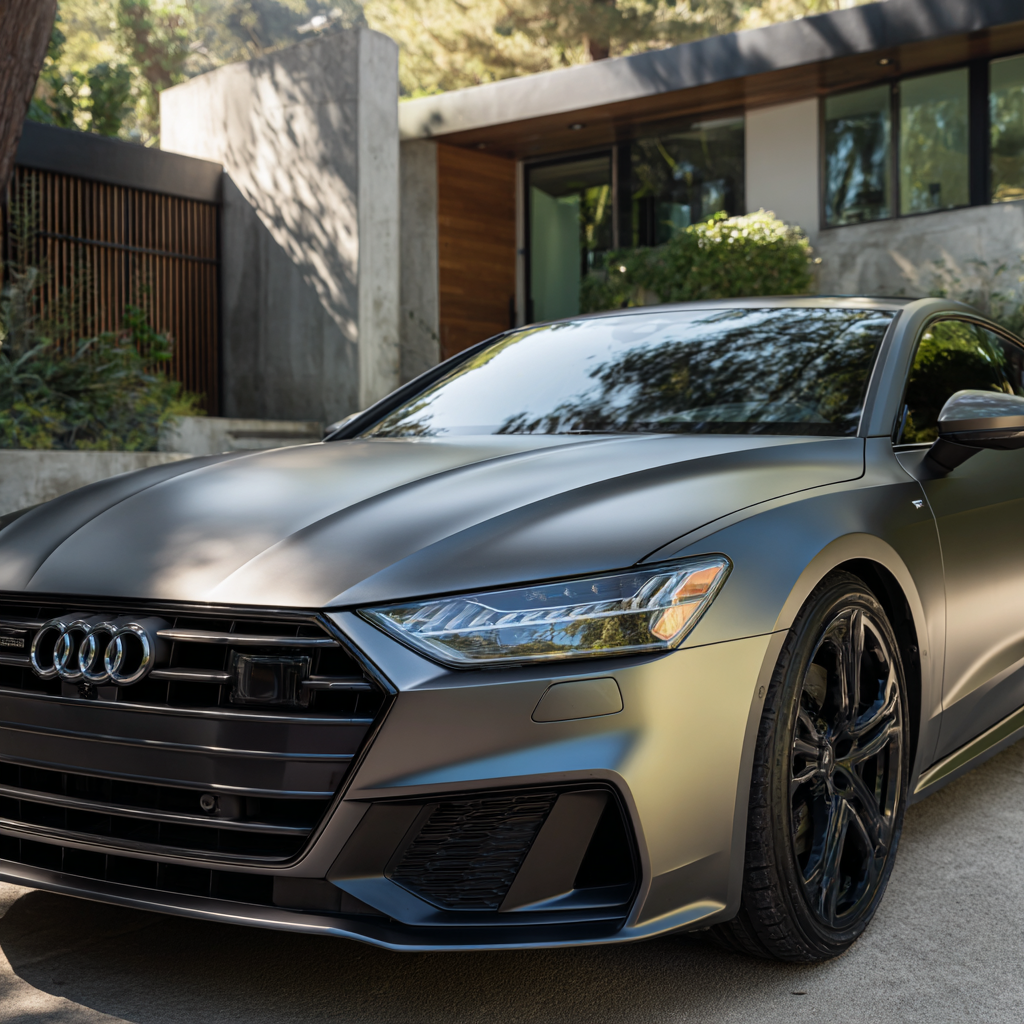
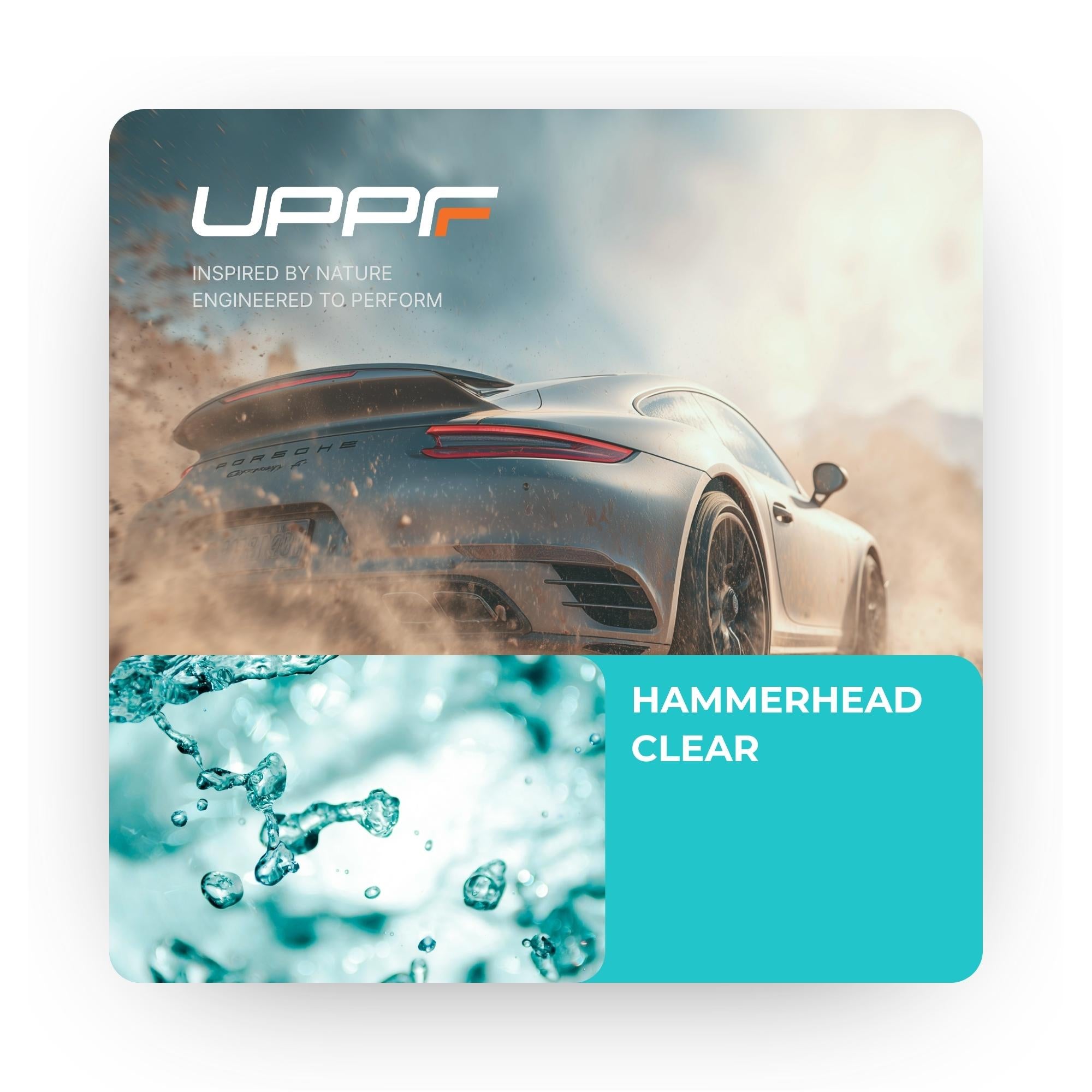


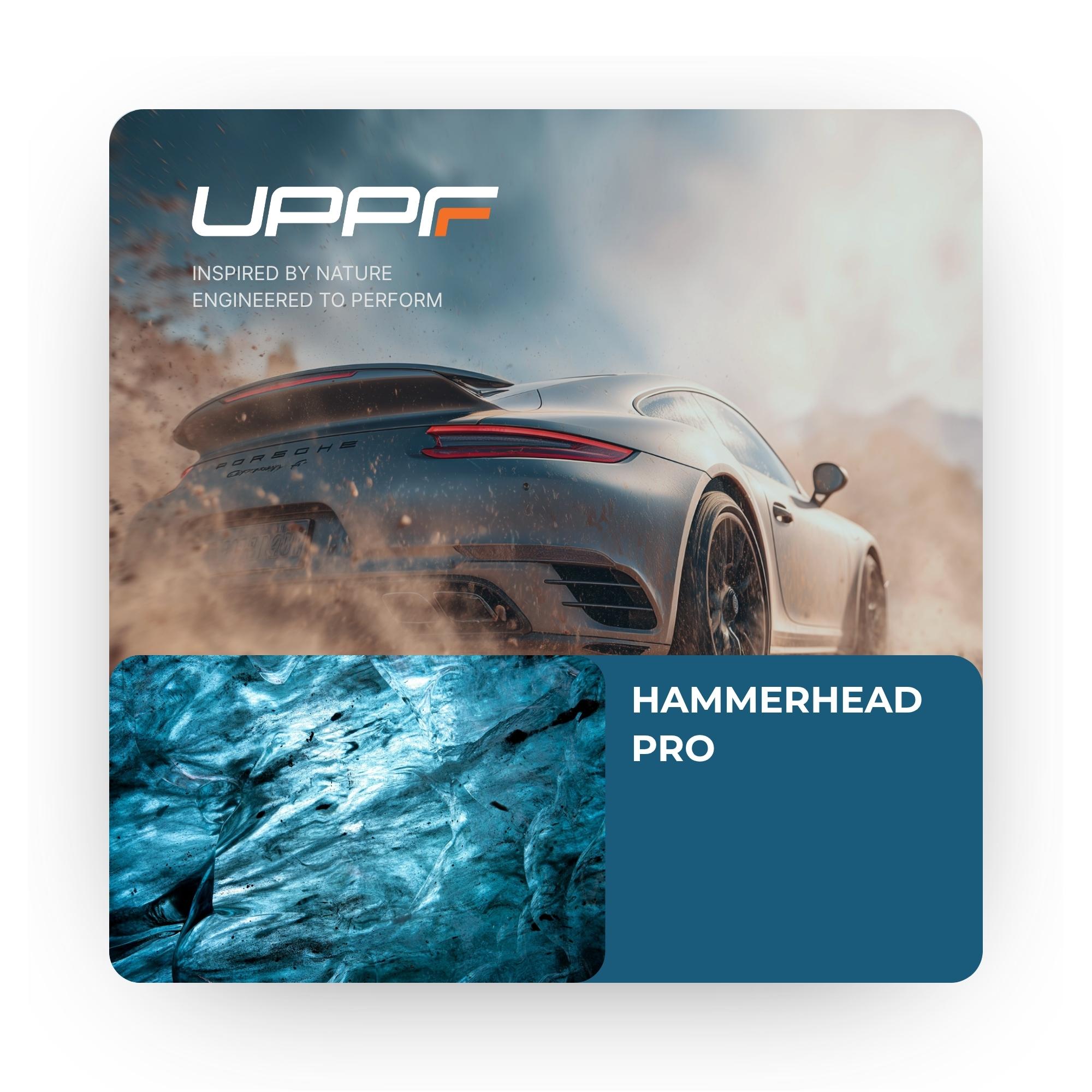



Share:
How long should I wait before washing my car after PPF installation?
Does PPF protect against UV damage and paint fading?